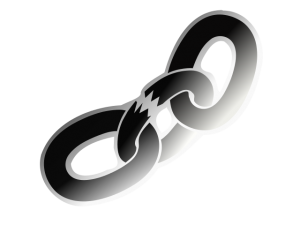 If you remember one thing about this blog post, it should be this: linking a Google Ads ad to existing website content is usually a costly mistake.
If you remember one thing about this blog post, it should be this: linking a Google Ads ad to existing website content is usually a costly mistake.
By now, most Google Ads users understand that linking ads to homepages will cost you quality score points. We can shake our fists at Google for forcing us to throw more bid money at them in order to compete, but we have no one to blame but ourselves if that good money is chasing a bad landing page.
So, what is a good landing page? Can such a thing be qualitatively defined? Doesn’t the efficacy of one’s marketing programs still depend on a better understanding of one’s markets? Surely, manufacturers and engineers know best when it comes to knowing what their users want to see.
Knowing one’s markets is still vitally important in the Google Ads game, especially when choosing keywords and search terms. We previously discussed how many users search with keywords that focus more on application than a specific product or solution. Users don’t always know what they need to fix their problem, but they definitely know their problem. Understanding their problems will lead to better keyword choices.
But when it comes to ads, we have to defer to the mighty Google and its search bots and algorithms. When deciding ad quality scores, Google seeks one thing and one thing only: keyword relevance. If an ad doesn’t share matching or very closely-related keywords, bots deduce that it’s a poor result for the search terms. Google knows its users want direct relevance, not a puzzle. Therefore, keyword inconsistency earns low quality scores which lead to poor ad positioning.
Landing pages are the big payoff for users and require not just keyword consistency but conversion optimization. A landing page that converts visitors into customers should consist of the following:
- A headline that matches the ad’s headline and is suitably engaging
- Copy that focuses on the benefits to the user, not the proud history of the company
- A call-to-action that stands out
- A short form that doesn’t ask for too much or require sensitive information
- A strong image that instantly tells them they’re in the right place
Most company websites have content that reads…well, like website content. There’s a mix of product specifications, sales copy, self-described excellence assurances, and a standard run-on sentence or two. These elements in and of themselves don’t necessarily mean a website is bad, but they certainly don’t deliver conversions. More importantly, if the content doesn’t match the ad, Google will literally protect users from it by sticking it below more relevant competition or making it disappear altogether.
Some of you may be asking yourselves if you can optimize your existing pages by adding some relevant content to them instead of spending the time and money to create unique landing pages for (at least) each ad group. The partial answer is “yes”. The whole answer is “sure, if you don’t mind possibly damaging your brand”. When ads appear on SERPs, the majority of users will choose a brand they recognize and trust, not just the first ad. Highly relevant ad campaigns boost brand recognition, and brand recognition plays a significant role in all aspects of marketing. Therefore, it’s best to invest in it at every customer and prospect interaction instead of chipping away at your budget through visitors who immediately click away and never return.
It really is simple: if you’re investing in a Google Ads campaign, understand from the outset that you will need to allocate time and budget dollars to all three key elements: keywords, ads and landing pages. Like any chain that connects you to your customers, your campaign will only be as strong as its weakest link.
